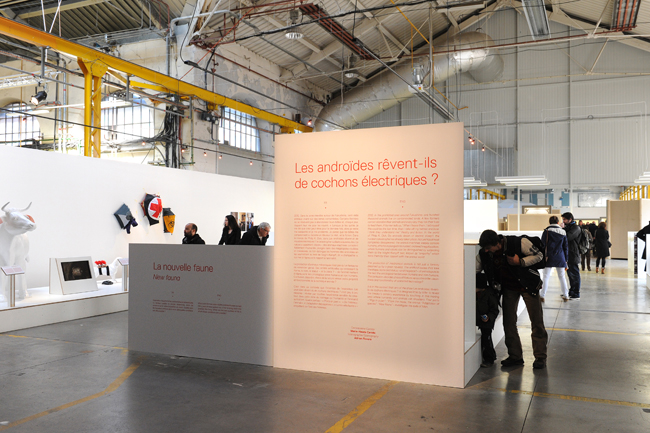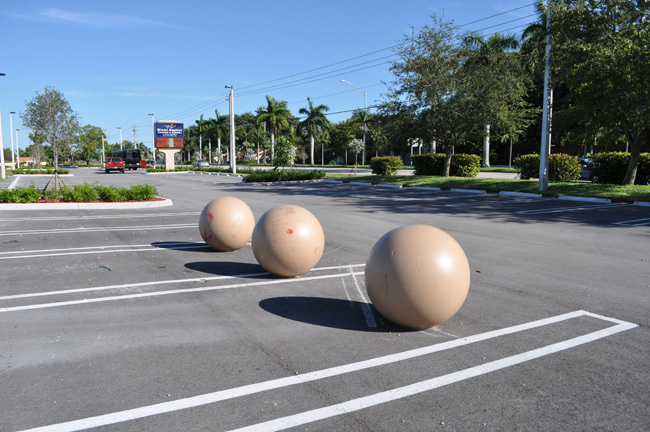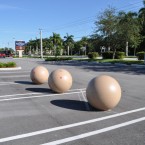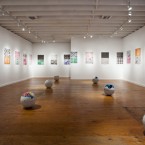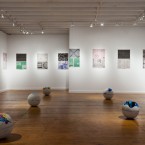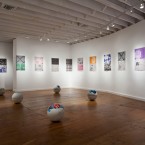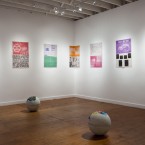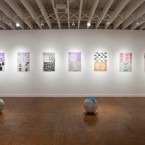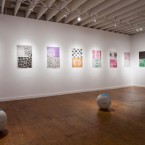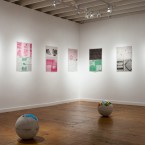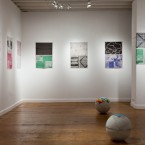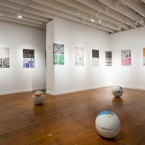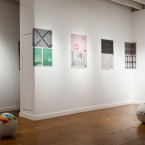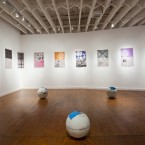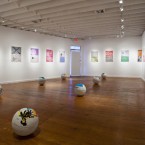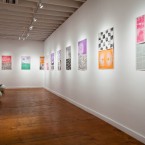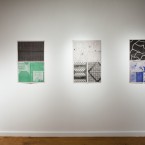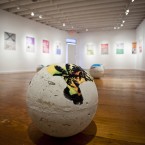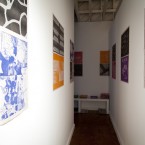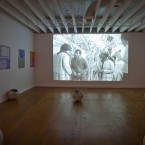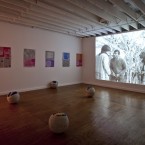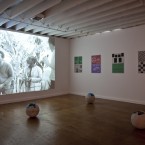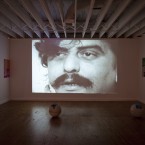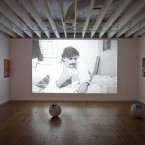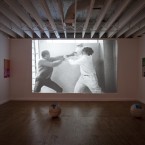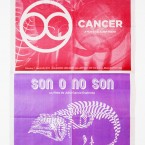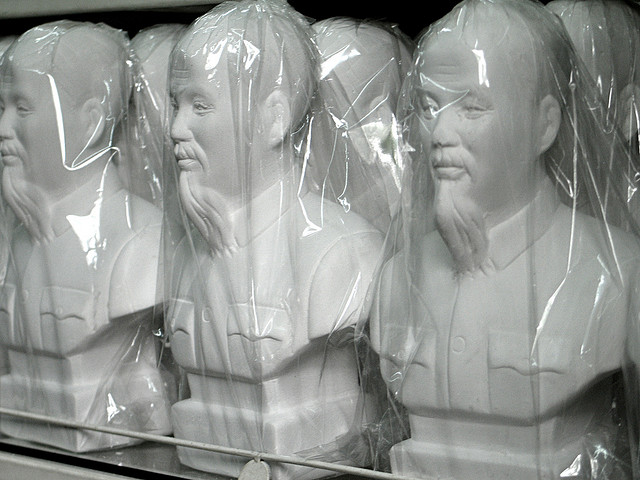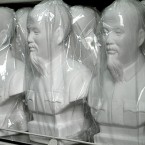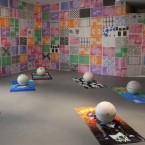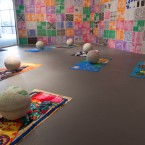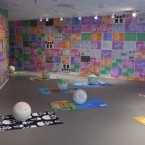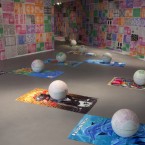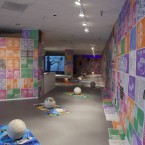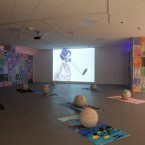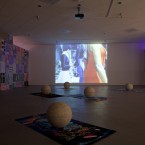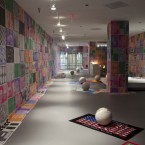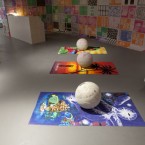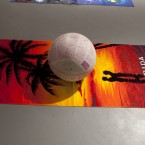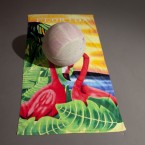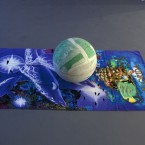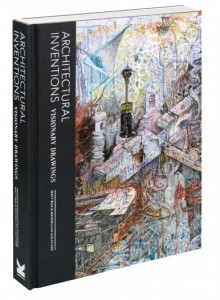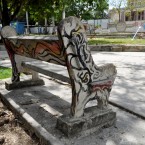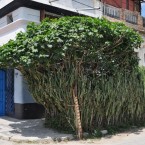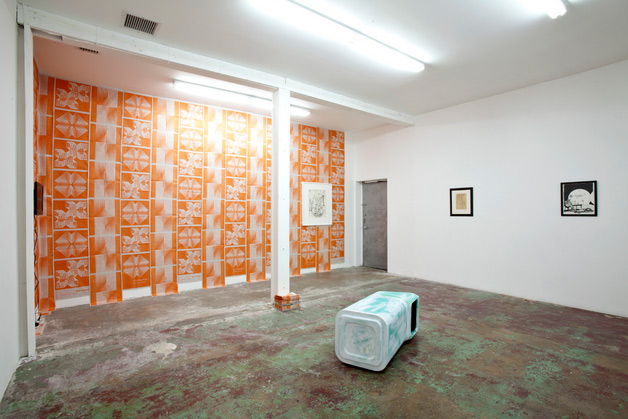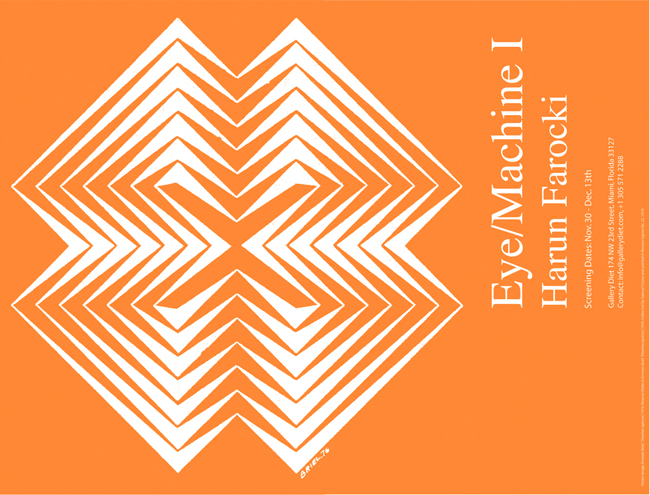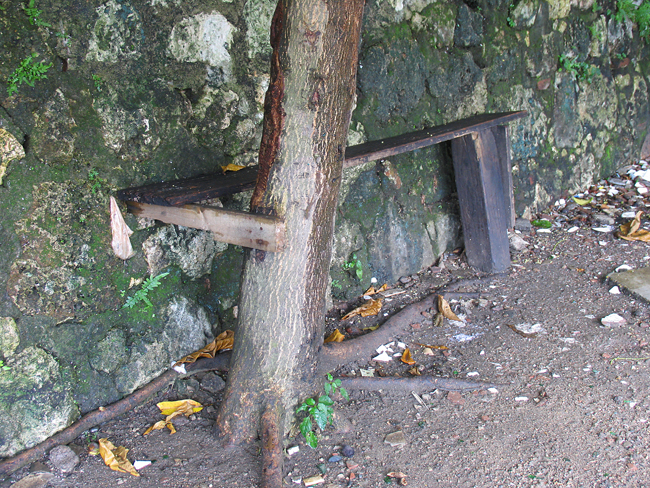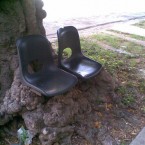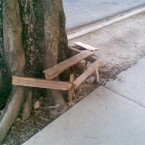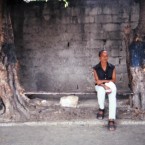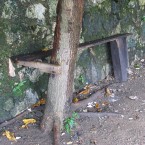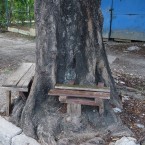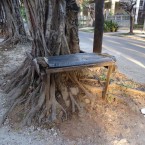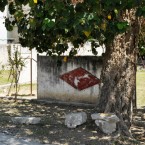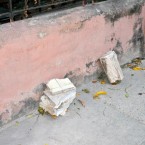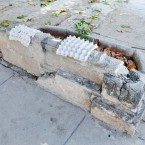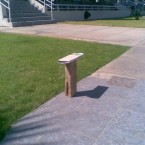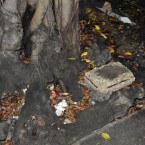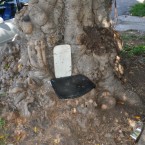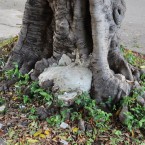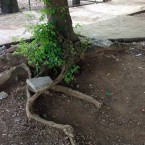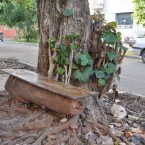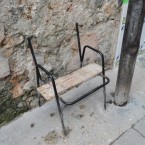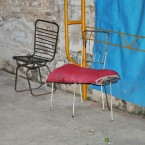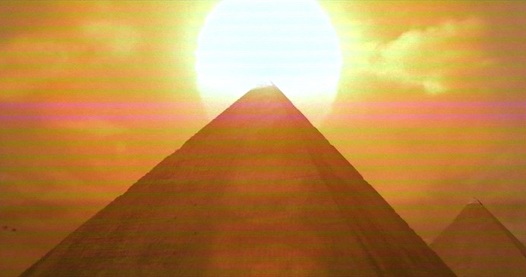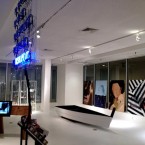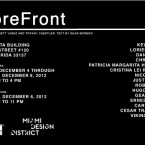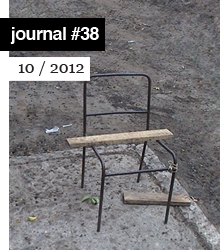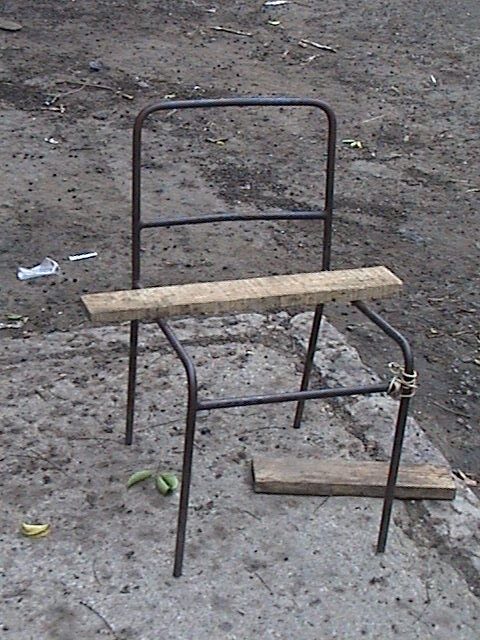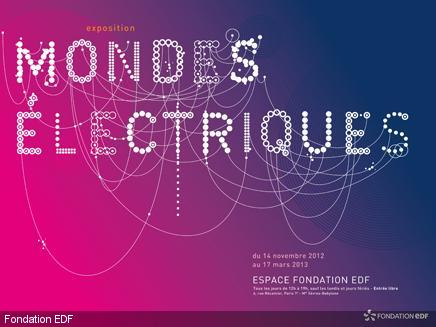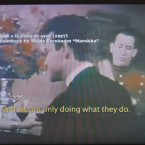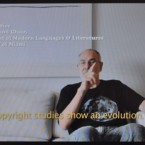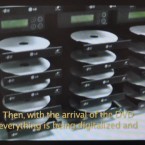Flash Théorie : “Autoproduction”

http://esad-reims.fr/blog/category/2.html
Mardi 12 mars 2013, de 9h30 à 13h – Médiathèque Falala, Reims • L’ESAD reprend le fil conducteur de sa recherche en Design : l’autoproduction. Avec une affiche d’invités particulièrement prestigieuse et internationale.
Qu’est-ce que l’Auto-production ?
Mettant en cause des modèles de développement, de consommation et de représentation de l’industrie à grande échelle, de plus en plus de designers choisissent – ou sont contraints – de se (ré)approprier le territoire de la production. Diverses et variées, leurs démarches vont du design d’édition à l’autoproduction assistée par ordinateur (fab lab), en passant par des unités de production semi-artisanales, et se posent comme des systèmes d’adaptation à la crise économique et industrielle de ces dernières années aussi bien que comme prises de positions éthiques, esthétiques et politiques. L’autoproduction y devient un modèle, que l’ESAD défend à travers une théorie, un système et un modèle éducatif.
Initié lors des 2èmes Rencontres Internationales de l’Art et du Design (24 octobre 2011), cette recherche s’inscrit désormais dans un vaste projet européen portant sur la notion d’Innovation Sociale intitulé Design and Social Innovation : Political Economy of the Commons (SIDESIGN ) qui regroupe onze institutions internationales.

Avec les interventions de :
Ernesto Oroza
Designer, professeur à Institut polytechnique de La Havane (1995-2000), lauréat de la Harpo Foundation grant (2010), co-auteur, entre autres, de
RIKIMBILI : Une étude sur la désobéissance technologique et quelques formes de réinvention (PUF Saint-Étienne, 2009). Projets « Architecture and Objects of Necessity ». http://www.ernestooroza.com
Daniel Sibony
Psychiatre et philosophe, auteur, entre autres, de Entre dire et faire : penser la technique, Paris, Grasset, 1989 et de Création. Essai sur l’art contemporain, Seuil 2005. http://www.danielsibony.com/
Wolfgang Schäffner
Professeur et directeur de la chaire de Cultural History of Knowledge, Humboldt Universität (Berlin), partenaire du projet européen SIDESIGN et directeur du Cluster of Excellence « Image Knowledge Gestatltung. An interdisciplinary Laboratory ».
FX Balléry
Designer diplômé de l’ESAD de Reims et du Royal College of Art (Londres), fondateur de l’agence FX Balléry Design, double lauréat du prix du Comité Colbert pour Chanel et Hermès et du prix Découvertes NOW! Design à Vivre (2012). http://www.fxballery.com
Modération :
Patricia Ribault, responsable de la recherche et Laurence Mauderli, professeur en histoire et théorie du Design à l’ESAD de Reims
Contact ESAD : 03 26 89 42 70
Médiathèque Jean Falala
2, rue des Fuseliers, 51100 Reims
Entrée Libre







